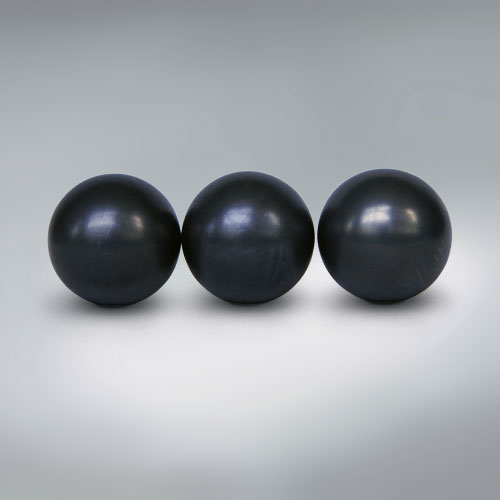Welcome to Sino Bearings web
24x7 HOTLINE:+86-28-81454188

 TECHNOLOGY
TECHNOLOGY When a rolling bearing is damaged during machine operation, the entire machine or equipment can seize or malfunction. Since bearings that fail prematurely or unexpectedly cause trouble, it is important to be able to identify and predict failure beforehand, so that preventive measures can be adopted.
When a rolling bearing is damaged during machine operation, the entire machine or equipment can seize or malfunction. Since bearings that fail prematurely or unexpectedly cause trouble, it is important to be able to identify and predict failure beforehand, so that preventive measures can be adopted.
Damage Condition
When electric current passes through a bearing, arcing and burning occur through the thin oil film at points of contact between the raceway and rolling elements. The points of contact are melted locally to form “fluting” or groove-like corrugations which can be seen by the naked eye. Magnification of these grooves reveals crater-like depressions which indicate melting by arcing.
Possible Causes
Electric current passing through a bearingCountermeasures
Design electric circuits which prevent current flow through the bearings Insulate the bearingElectrical Corrosion 1
Part: Inner ring of a tapered roller bearing
Symptom: Striped pattern of corrosion occurs on the raceway surface

Electrical Corrosion 2
Part: Tapered rollers in damage “Electrical Corrosion 1”
Symptom: Striped pattern of corrosion occurs on the rolling surface

Electrical Corrosion 3
Part: Inner ring of a cylindrical roller bearing
Symptom: Belt pattern of electrical corrosion accompanied by pits on the raceway surface

Electrical Corrosion 4
Part: Balls of a deep groove ball bearing
Symptom: Dark color covering the entire ball surfaces

Source: NSK